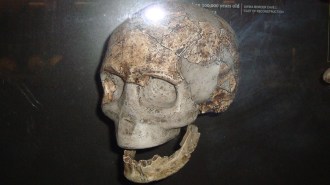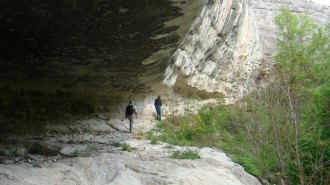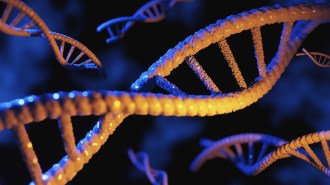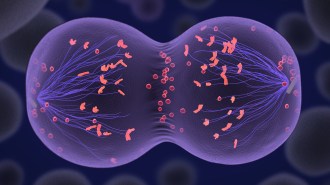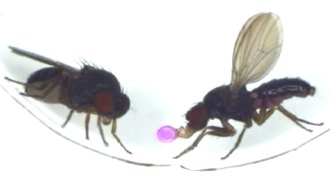Ancient hookups gave chimps a smidge of bonobo DNA
Genetic analysis traces previously unknown primate hybridization
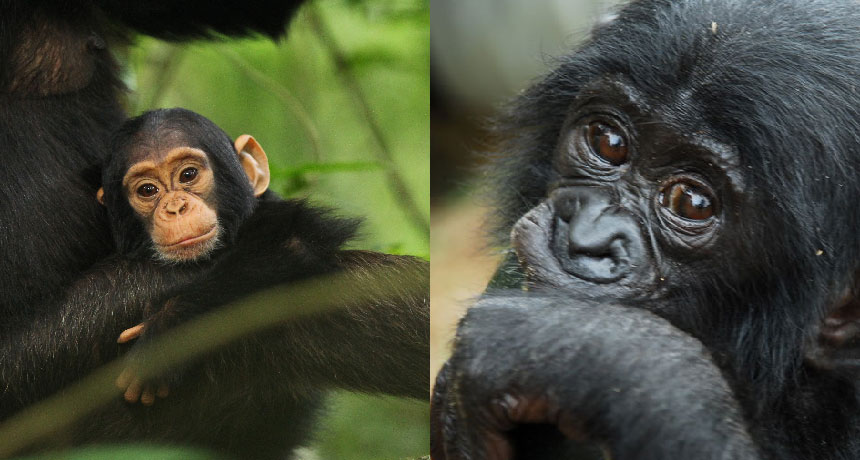
KISSING COUSINS Chimpanzees (left) and bonobos (right) interbred in the past. Genetic evidence of that mixing was found in a new study.
Kevin Langergraber; Pierre Fidenci/Wikimedia Commons (CC BY-SA 2.5)


